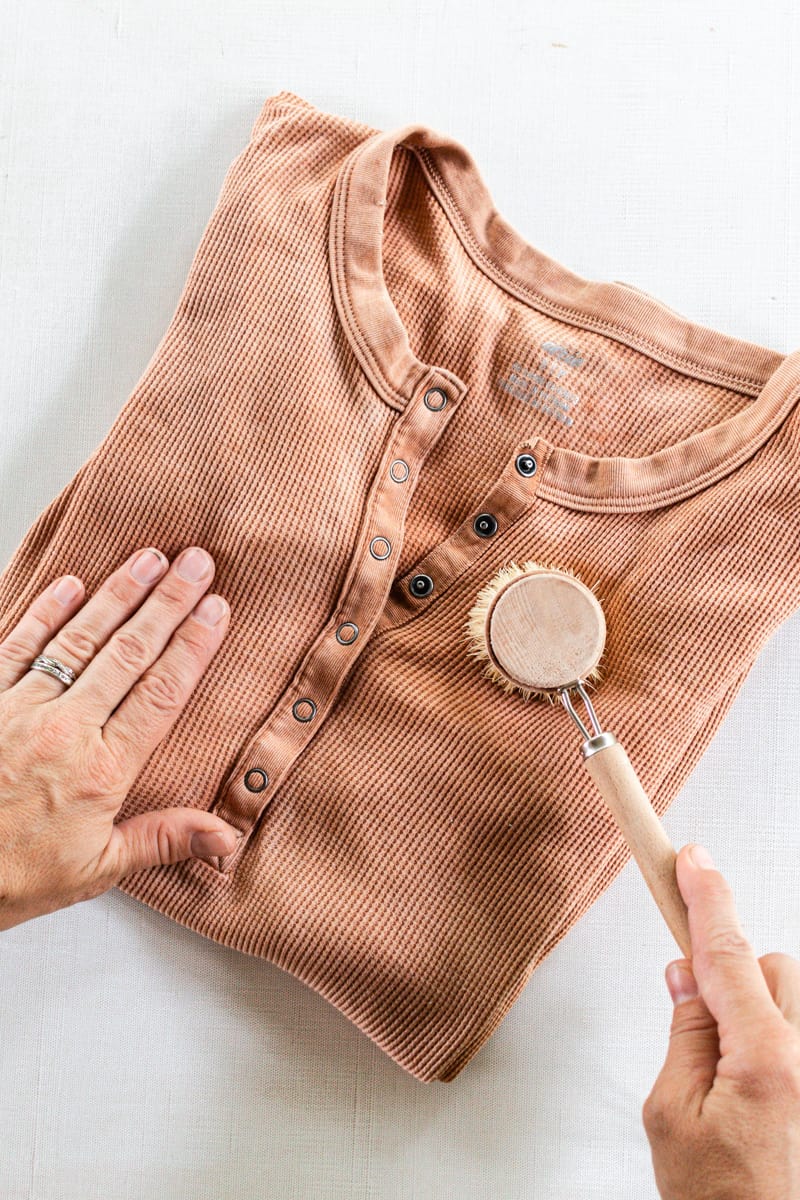What is a “Panic Room”?
A “panic room,” also known as a “safe room,” is a fortified and secure space within a residence or building designed to provide occupants with a safe haven during emergencies or threatening situations. The primary purpose of a panic room is to offer protection from intruders, natural disasters, or other life-threatening events. Key features of a panic room typically include:
Who needs a Panic Room?
In the event of an attack, a safe room is useful for the residents to avoid contact. When the police or the intervention forces arrive to catch the aggressors, you can quickly get into the line of fire. Therefore you should always retreat to a panic room.
Other targets of intruders can be blackmail, kidnapping oder homejacking. In this case we talk about a home invasion and the intruders are usually armed and strongly willing to do thier “job”. In the past, there were many crew kidnappings on ships to extort money for release. These panic rooms on ships have to resist for a very long time because intervention forces can’t get to the scene quickly.
Shelters are more common in north America because of the tornadoes and hurricanes but not in Europe.
Purpose of Panic Rooms
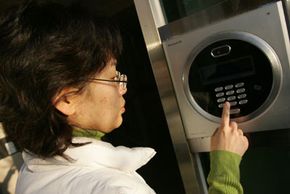
Think of a panic room as a vault for people. In a country of gated communities, panic rooms are designed to be the ultimate in security. They range from simple rooms with reinforced doors to elaborate mini-fortresses that protect their occupants against biological and nuclear attacks, hurricanes, tornadoes and home invasions. High-end panic rooms, made with the most advanced materials, are more like luxury dens than bleak storm cellars.
Because of the Jodie Foster movie, many people associate panic rooms with home invasions, but this is actually not their most common purpose. As we mentioned, rooms built to withstand hurricane- and tornado-force winds have become more popular. These panic rooms are usually ground-floor closets or bathrooms whose foundations have been reinforced with steel and concrete.
Many people who build panic rooms are trying to protect things, not people. Panic rooms can hide computer hard drives or permanently house artwork, rare books and other collections. You can make your panic room into a custom-designed safe that stores your delicate artwork in an airtight, climate-controlled environment. Your computer files can be safely hidden but accessible via an exterior generator.
Depending on how much safety you want and money you have, panic rooms have a wide range of safety features. You can reinforce a closet and throw in a few emergency supplies or build a house within your house.
Walls
A panic room, at the most basic level, is a box with an opening. So all six sides of the box — walls, ceiling and floor — must be fortified. You can reinforce a closet with plywood if you want a storm shelter, but it won’t provide protection from invaders. The next step up is chicken wire or steel mesh, and blastproof Kevlar panels provide the ultimate protection. A cement-reinforced foundation can provide a stable base, and a steel ceiling, with optional Kevlar panels, will thwart invaders from bottom to top.
Most builders of modern panic rooms rely on lightweight Kevlar and plastics, allowing them to more easily build panic rooms on second floors — off of the master bedroom, for instance. However, the ground floor is still the safest place for protection against natural catastrophes like hurricanes and tornadoes.
Entry
Panic rooms are designed to hide their occupants, so one of the best defenses is the invisible entrance. Bookcase entries and hidden pocket doors are popular choices.
The door is the one weak point of the fortified box, so its reinforcements are critical. Even if your walls aren’t reinforced with steel, you might want to splurge on a solid steel door. Mortise locks, which are built into rather than attached to the door, provide another level of security, as do steel hinges and bolts. Steel doorjambs make it impossible for an intruder to kick in the door. High-end panic rooms often have keypad-controlled electromagnetic locks, which use magnetic forces to maintain the bond between a frame-mounted magnet and door-mounted hardware.
Most panic rooms do not have standard keys because they can be misplaced or fall into the wrong hands. Instead, doors might feature interior deadbolts, combination keypads or retinal or fingerprint-scanning devices.
Next, we’ll examine some of the features that can make your safe room even safer.
Panic Room Features
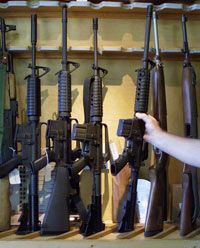
Communication
It’s a good idea to leave a cell phone or ham radio in your panic room in case you need to communicate with the outside world. But if your panic room is too isolated or reinforced for reliable cell phone service, you can always install a buried phone line, an intercom system or an alarm button directly connected to a police or security team.
You’ll also want to keep your communication secret from intruders. Soundproofing the panic room prevents an intruder from hearing your conversations with law enforcement. And if the invaders do discover that you’re in the room, they won’t be able to taunt you verbally.
Surveillance
You might remember that Jodie Foster’s panic room had a wall of monitors that dramatically displayed each corner of the house. The typical panic room — if it does have surveillance — has one monitor connected to a number of hidden cameras. High-end panic rooms can also utilize heat-sensing cameras, so if the home is attacked at night, you can covertly check out who’s in the house.
Power
Most panic rooms are powered by generators. You have to be careful about ventilation, though, and always be mindful of carbon monoxide poisoning. Generators must be self-contained in the panic rooms, which necessitates more room — and more money. In the most basic panic rooms, battery-powered or hand-cranked lights and phones may be sufficient.
Air circulation
The most elaborate and expensive panic rooms are airtight, temperature- and humidity-controlled chambers. They can have separate air-filtration systems that protect from biohazards, and dummy vents to throw off invaders. And as a last resort, high-end panic rooms can include oxygen masks.
Plumbing
Again, depending on how much you want to spend, plumbing can be as basic as a portable toilet — or you can install separate plumbing and a septic tank. Of course, you’ll want to stock the room with water (a gallon per person per day is a general guideline).
Supplies
This is where people can get a little crazy, depending on how much they’re willing to spend. The supplies are what help the occupants survive an attack — like food, water and first aid equipment.
Supplies for the über-wealthy can go way beyond the basics — to keep the masters of the house preoccupied with thoughts other than who’s stealing the good silverware, panic rooms can become luxurious dens with beds, wet bars and entertainment systems. Some owners even build two panic rooms: one for the parents and one for the kids. High-end panic rooms often include items like chemical washbasins — to rinse off biohazards — and gas masks.
Weapons
If you built your panic room to protect your family from hurricanes, stocking the room with weapons will probably not be a priority. But if you think you might have to defend your estate from armed terrorists, you’ll probably want an arsenal. Pepper spray comes in on the low end, and the sky is pretty much the limit on the high end: You can arm each member of the household with a gun, for example, or install high-voltage stun devices under the carpet in case an intruder makes it into the room.
Panic Rooms are recommended for the following persons:
- high networth individuals (HNWI)
- exposed persons from:
- politics
- society
- religion
- business (management)
- judges & prosecutors
- persons in official personal protection
Where to position a Panic Room
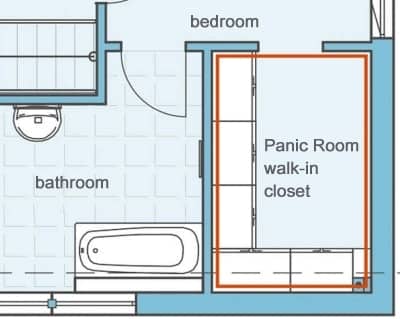
Accessibility is essential. When intruders enter your house while you sleep upstairs, a panic room in the basement is senseless. Find a place you can easily and quickly reach and where you don’t risk meeting them. Remember that children may have to be picked up. Upstairs is a good position and it is the opposite from where intruders enter your house. You have a free escape route while you are downstairs.
In order not to waste any living space, it makes sense to reinforce an existing room just like the bedroom or the walk-in closet.
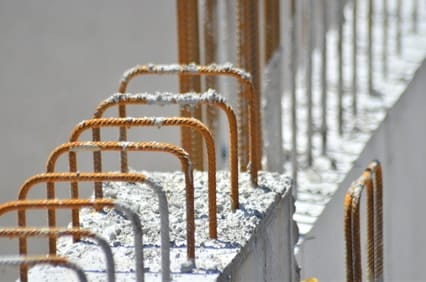
Construction Methods
To provide a safe place within the panic room, all walls and the door must be bullet and burglary-resistant. Depending on the initial situation, manufacturers offer ready-made modules for the panic room or they build it with special materials on site. In case of a new building you can design the room from the very beginning and walls of concrete are the first choice.
Planners should not include windows in the safe room. Monitors are helpful to follow the situation outside.
The door is essential. It must be safe and should open and close very quickly.
Standards
For the resistance there are different standards e. g. the DIN EN 1627 (burglary-resistant) and the DIN EN 1522/23 (bullet-resistant). Different classes indicates how long it takes to open a door or which material protects against a gun fire. Even for safety glass a separate standard is available. But experts recommend not to use glas or windows within a safe room.
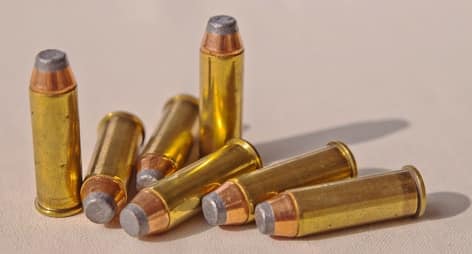
DIN EN 1522/23
For all Standards at least level 4 is recommended. E. g. Level 4 guaranteed protection against the calibre .44 (Magnum). A brick wall or concrete wall should be 11.5 cm thick to ensure adequate protection. The level from 1 to 4 considers handguns and the level 5 to 7 rifles.
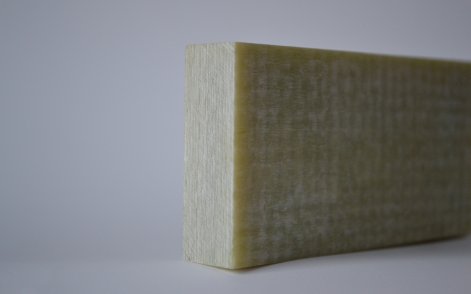
Composite Material
For static reasons, a massive wall is not always possible. But there are ways to build safety walls in dry construction. Special panels made of composite material are used to achieve the bullet-resistance. The weight saving can be up to 80 % compared to a massive concrete wall. In combination with other materials, you can achieve a protection against:
- fire
- hand tools
- power tools
Besides concrete or composite material also safety steel can be used. With about 3 mm thickness of that steel, you obtain the same protection level like 12 mm of composite material.
Oxygen Supply
First of all, the Panic Room is designed to avoid a real danger for a short duration. After 10 to 20 minutes the arrival of the police or other forces is to be expected and you can leave the room. Finally no extra oxygen supply is required for this short period. If contamination with gas from outside is to be expected, an overpressure system can be installed.
Security Door
In case of emergency you do not have time to enter an access code to unlock a door. That is a very important point and many manufacturers use heavy security doors with a lock from both sides. The door may only be locked from one side. The inside! In other words, never lock the door to the panic room from the outside. It is gonna take you time to enter a code or find a key.
Once you and your family are inside, the door must be easily lockable. In many case a sliding door is a very good option because it is completely hideable between your sleeping room and the walk-in closet (pocket door). The door is always open what saves your time. There is only a small number of manufacturers but here you can find one.
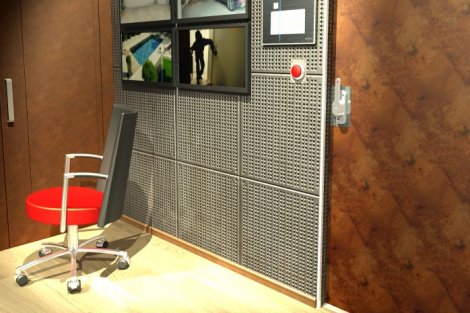
Alarm System
The sooner you detect an attacker, the better. Many houses have an alarm system but it is not activated when you are at home. A dog or your cat at home could trigger a false alarm and that is why many inhabitant deactivate the system. On the market are permanent activated systems available which doesn’t cause false alarm. Use one of these to get the warning in time.
Within the panic room should be a hold-up alarm system to communicate with the security service.
Well-known alarm system distributers are Daitem and Telenot among others.
How much does a Panic Room cost?
Did we answer the question “What is a Panic Room”? Now you can decide if you need one or not. The costs of a Panic Room depends on many factors. The resistance class, the size and the facilities in the inside. Talk to your provider to get a reliable statement.
Conclusion
A panic room stands as a fortified sanctuary within a residence or building, meticulously designed to provide occupants with a secure retreat during emergencies or threatening situations.
Armed with reinforced construction, secure doors and windows, advanced communication systems, and essential supplies, panic rooms offer a heightened level of protection against intruders or unforeseen calamities.
While often associated with security concerns, these safe havens can also serve as a refuge during natural disasters. Whether discreetly integrated into high-profile residences or strategically placed for accessibility, the concept of a panic room underscores the importance of preparedness and proactive security measures in ensuring the safety and well-being of occupants during critical moments.
References
- https://home.howstuffworks.com – How a Panic Room Works
- https://www.panicroom.info/en/ – Panic Room




